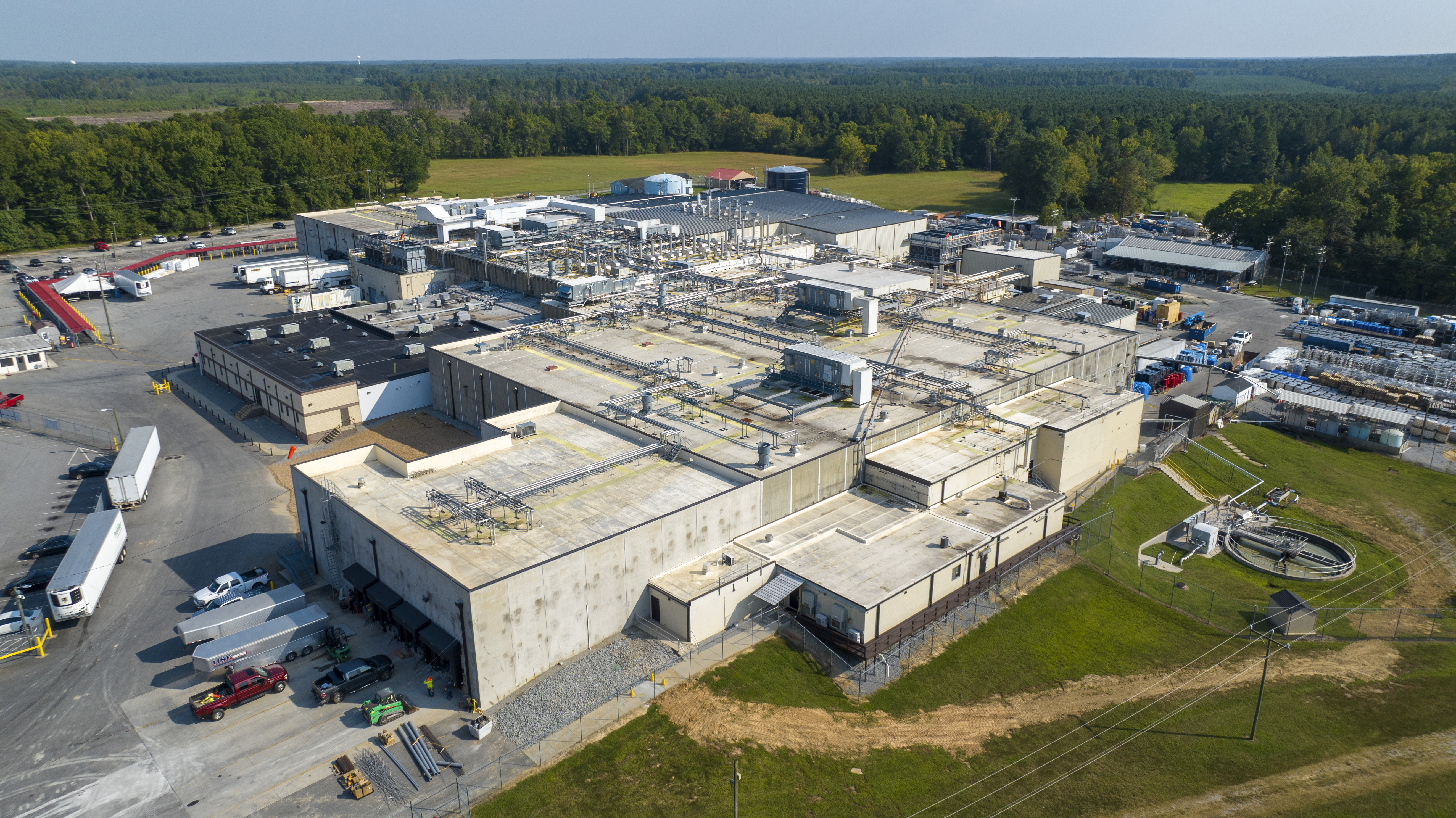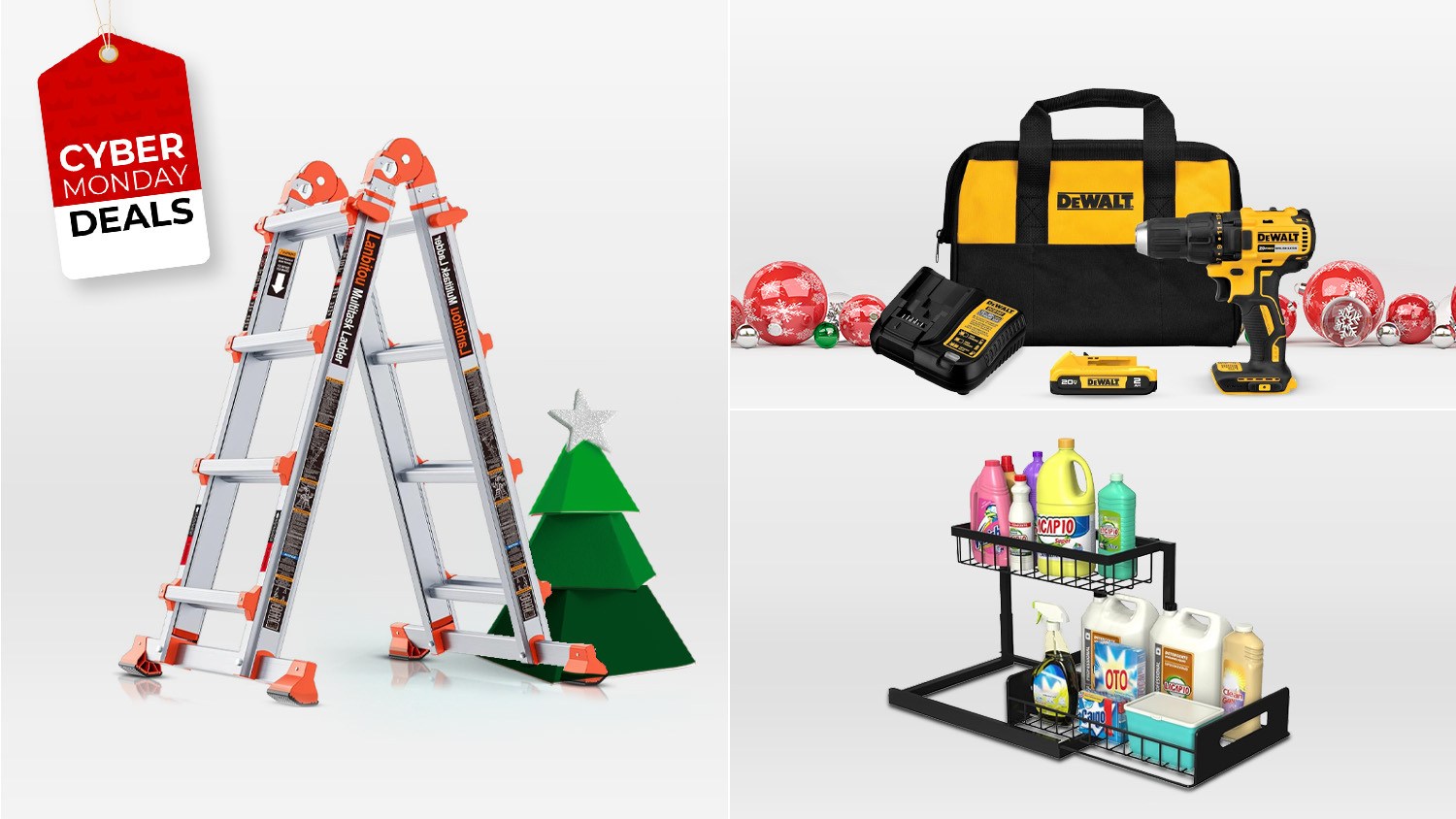PORTSMOUTH, Va. (WAVY) — A lot can happen in the narrow tunnels that tie our cities together, with simple things like objects left in the roadway that can cause major crashes. It is normal for a tunnel to deal with around 10 incidents every day, which is why so much work goes on behind the scenes to make sure traffic safely flows through these connectors.
For instance, earlier this year, a semi-trailer that was too tall to fit managed to wedge itself into the Downtown Tunnel and knocked down some of the ceiling tiles inside.
“We had to flatten the tires to get him off of the ceiling,” said Service Safety Patroller Kenny Keel, who was on duty that day.
They have height detectors ahead of the tunnels so they can flag down semis that exceed the restriction before they get in. Keel said the semi driver just wasn’t paying attention.
“He didn’t show any signs of slowing down, and that’s pretty much why it wedged the way it did,” Keel said. “You got to be aware of your surroundings and know that if I got somebody standing out there and they’re waving you in, and you ignore it, we’re not just waving you in to say hi.”
When something like this happens, the team upstairs can immediately take action. 10 On Your Side got an exclusive look inside one of the Elizabeth River Crossings control rooms. The one we visited manages the Downtown Tunnel.
“This is really the nerve center, this is where all our dispatch functions take place, all the coordination efforts with the police, fire, EMS,” said Ryan McLane, director of operations at Elizabeth River Crossings.
Several dozen cameras constantly monitor the entire stretch and work with the ground crews to ensure that traffic keeps moving. Nothing should be stationary. Ryan McLane said that is what causes serious wrecks.
“Matter of fact, some of the worst things that happen are the secondary incidents that happen after the main thing,” McLane said.
So anytime something bad happens, they work to clear it out of the tunnel as quickly as possible so the veins of Hampton Roads can keep flowing. McLane described it as being “very structured and pseudo military.”
Mclane said a big chunk of the crashes they deal with are caused by other the incidents already clogging up tunnels. They dealt with 641 wrecks in their network throughout 2023, along with more than 2,500 disabled vehicles.
These crews said one of the best things drivers can do to keep these connectors safe is to maintain their vehicle. Keep it from breaking down or stalling out in a tunnel.
























































